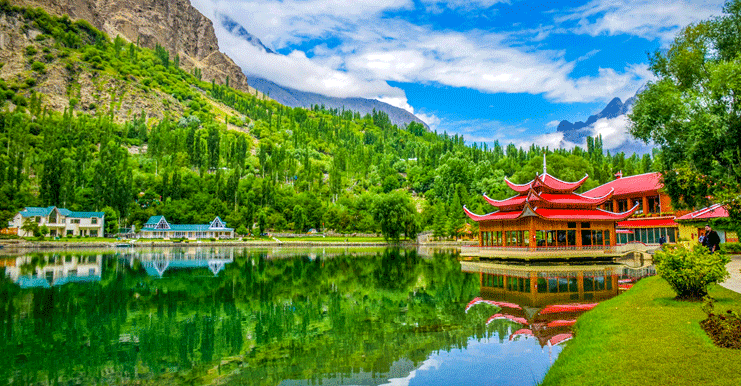Skardu is one of the most beautiful cities located in the north of Pakistan. It is located in Gilgit-Baltistan, Pakistan. Skardu also serves as the capital of the Skardu district and the Baltistan division. It is situated at an elevation of about 2,500 meters at the confluence of the Shigar and Indus rivers.
The city is known to be an important gateway to the eight-thousanders of the nearby Karakoram mountain range.
The word Skardu is derived from the Balti language which literally means “a lowland between two high places.” The reference to two high places here is Shigar city and Satpara lake.
Early History
The Skardu region has long been part of the Buddhist cultural sphere, especially Tibet as early as the Tibetan Empire was founded under Songsten Gampo in the mid-7th century CE. The Tibetan tantric scriptures can still be found all over the Baltistan region till the 9th century.
Modern-day Skardu
Modern-day Skardu is a major tourist attraction of Pakistan.·It is known to be a terraneous region having four out of the world’s 14 eight-thousander peaks. The main tourist season is from April to October, other times of the year you might find travel enthusiasts but mainly the area is cut off because of extended periods of snowy, freezing winter weather.
Let’s have a look at some of the most amazing tourist spots in Skardu that hold historical importance.
Manthal Buddha Rock
A large granite rock with a relief sculpture of buddha
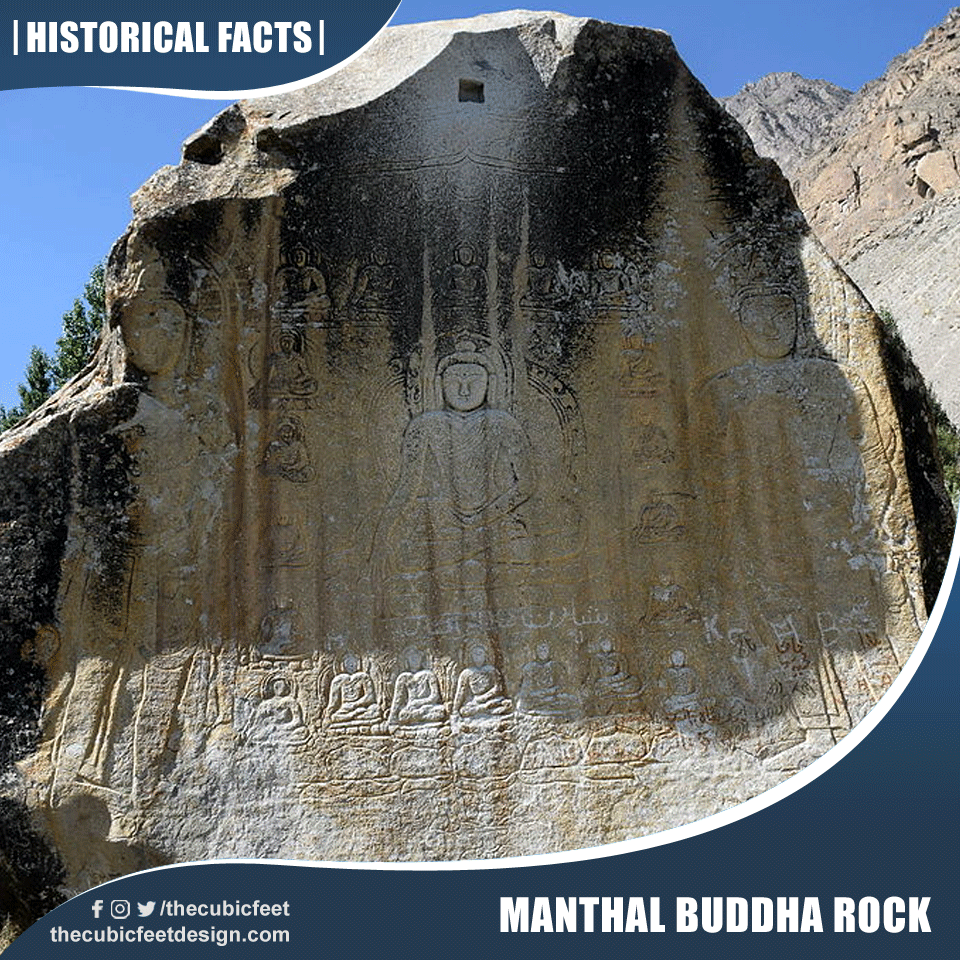
- Dates back to probably the 8th century
- This ancient rock is located in Manthal village, skardu.
- It is considered as most important relics of Buddhism in Skardu
- It is about 3 km from Sadpara road leading to Satpara lake.
- The people of Gilgit-Baltistan followed Buddhism before the advent of Islam, and these images are sculpted on many rocks.
- This particular rock was discovered in the 20th century.
Kharpocho Fort
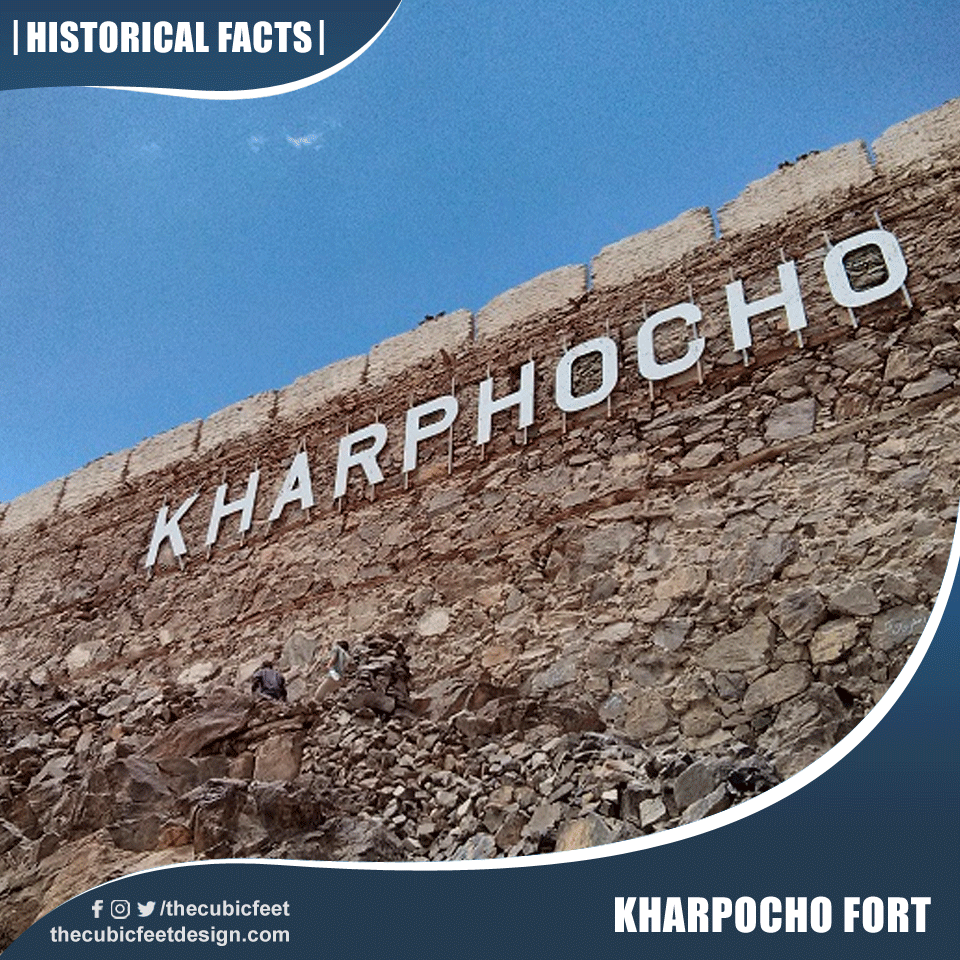
- Also known as Skardu fort
- It means king of forts in the local language
- The fort was built by King Ali Sher Khan Anchan.
- It was constructed in the 16th century
- Dogra general Zorawar Singh invaded Baltistan in 1840 and razed the fort to the ground.
- It is an old fort that overlooks the junction of Shigar and the Indus river meeting.
Shigar Fort
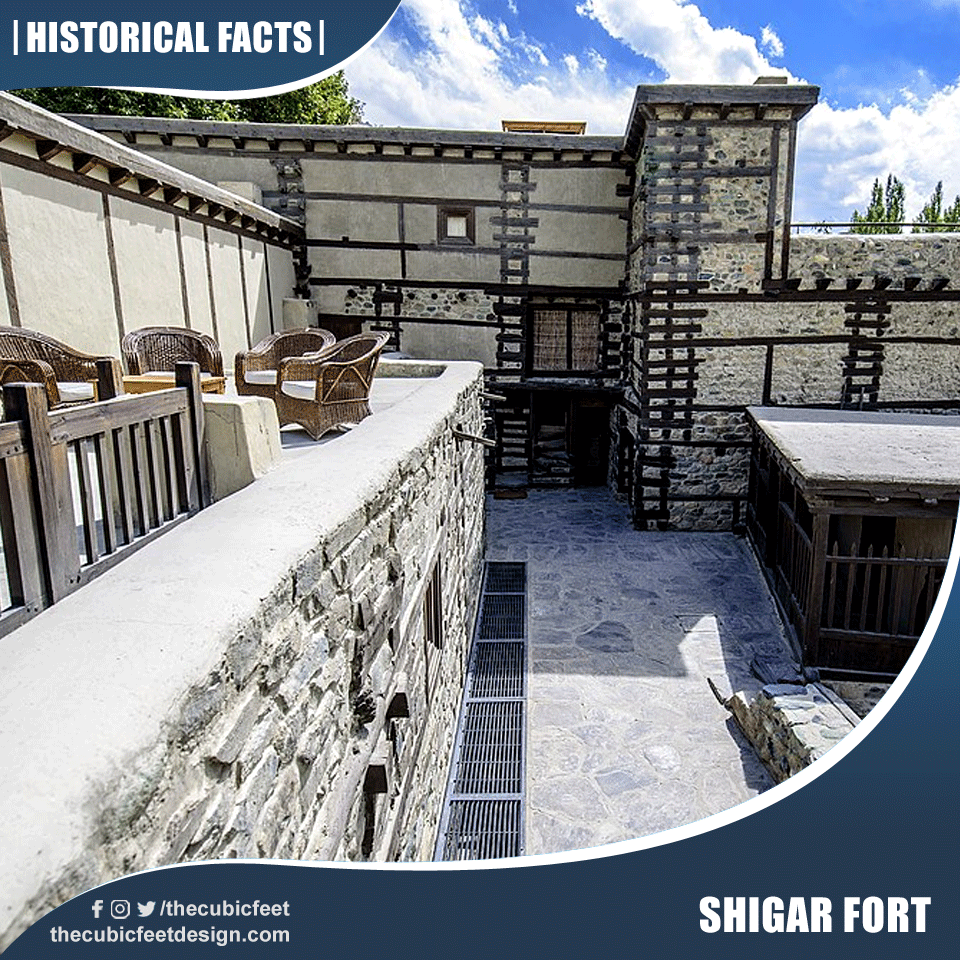
- Literal meaning of Shigar is – fort on the rock
- It was built in the 17th century
- Raja of Amacha dynasty of Shigar was adamant to built this fort as his home
- The fort was restored by the Aga Khan Cultural Services Pakistan (AKCSP-P).
- After restoration, the fort was converted into a museum and luxury hotels
- The mesmerizing hotel has been restored to showcase the glory of the region through its rich architecture
Amburiq Mosque
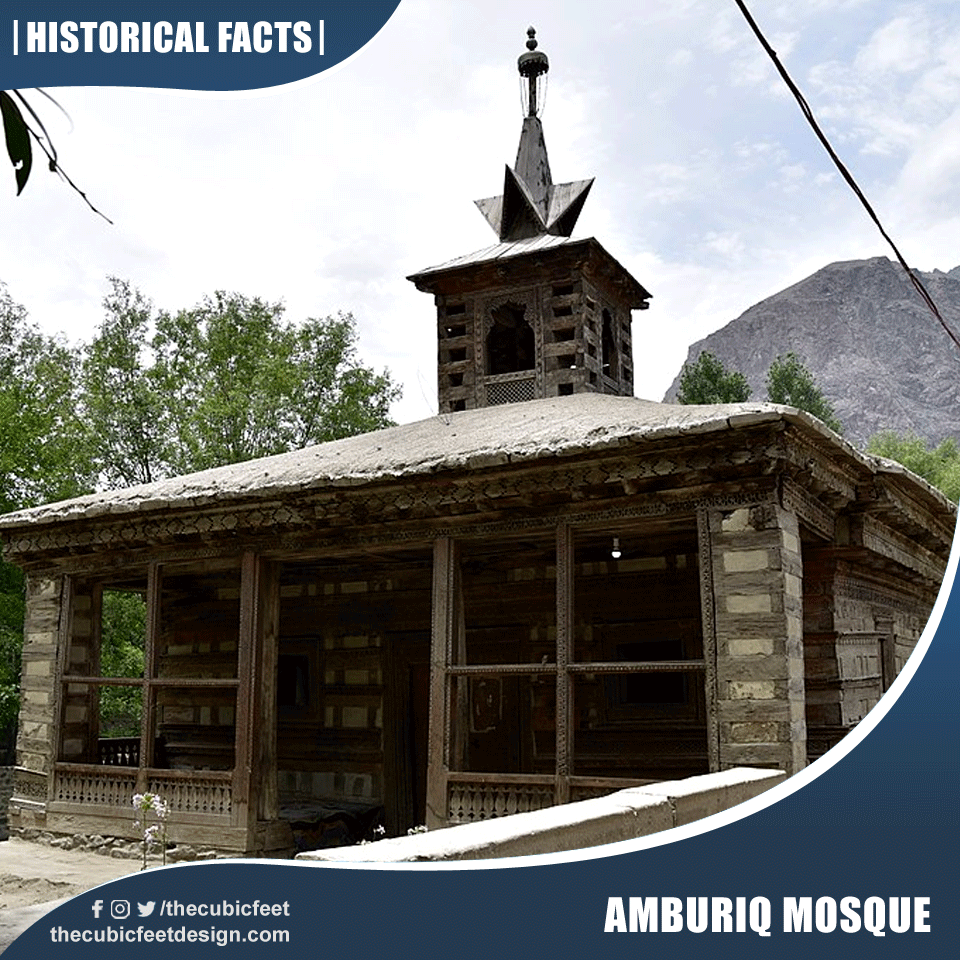
- It is one of the oldest mosques in the region
- Located in Shigar
- The mosque was built by Sayed Ali Hamdani
- It is known as one of the most famous landmarks of the region
- A small museum has also been established inside the mosque
- Architectural style is Tibetan and Islamic
- The restoration process was completed between 1998-2000
- UNESCO awarded Asia-Pacific Heritage awards to the mosque
Kargah Buddha
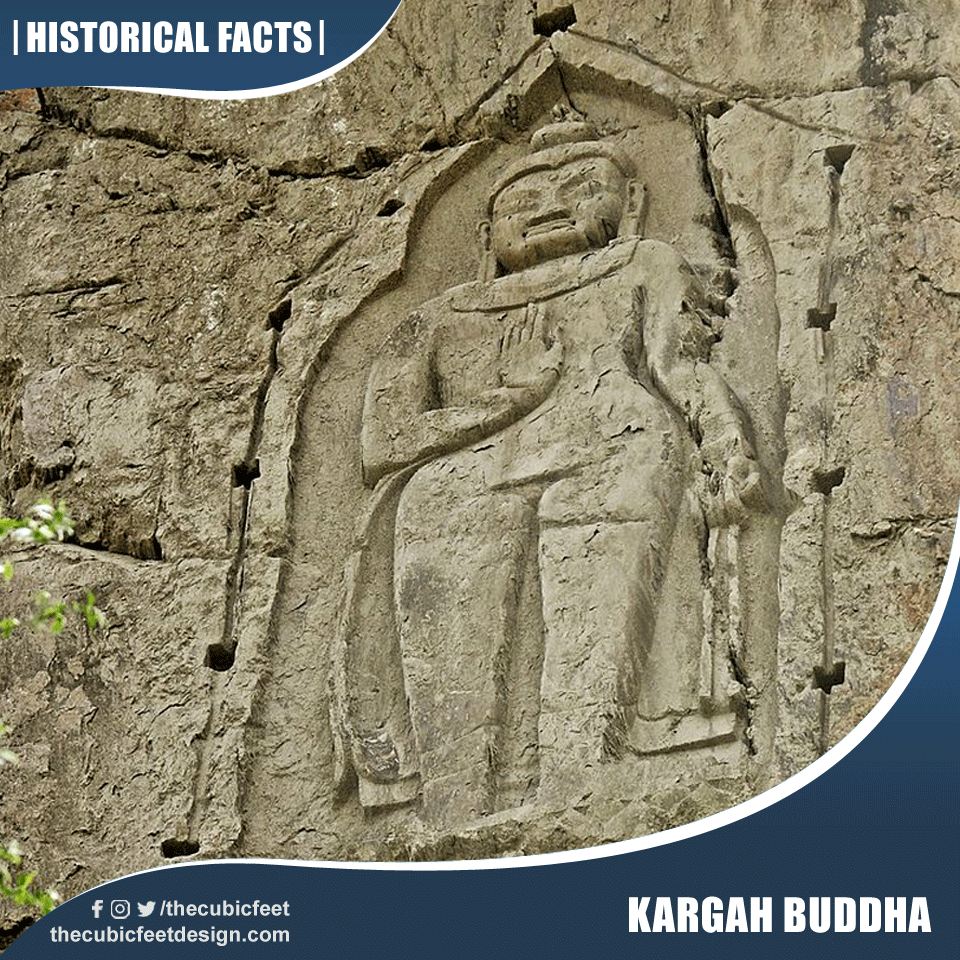
- An archaeological site on the cliff-face rock of Kargah Nala.
- It is a carved image of large standing Buddha.
- It is estimated to date back to 7th
- The image is surrounded by holes for a wooden house structure.
- It is located at a junction of two streams, the Kargah and the Shukogah.
- It was discovered in 1938-39.
Lower Kachura Lake
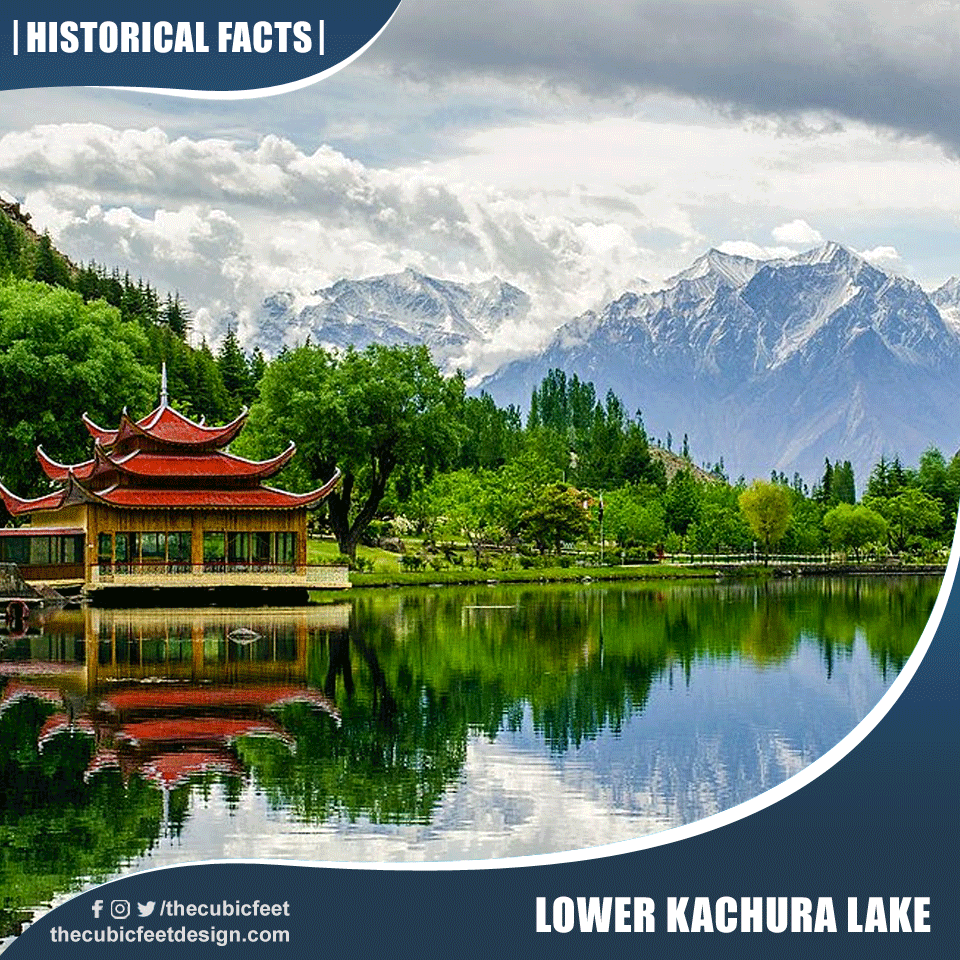
- Also known as Shangrilla lake
- Literal meaning of Shangrilla – heaven on earth
- Located near the city of skardu
- Situated at a height of 2500 metres.
- It was established in 1983.
- Shangrilla was named after Shangri-La, an idyllic Himalayan paradise in a novel lost horizon by British writer James Hilton.
- It was founded by Brig- Muhammad Aslam Khan.
Upper Kachura Lake
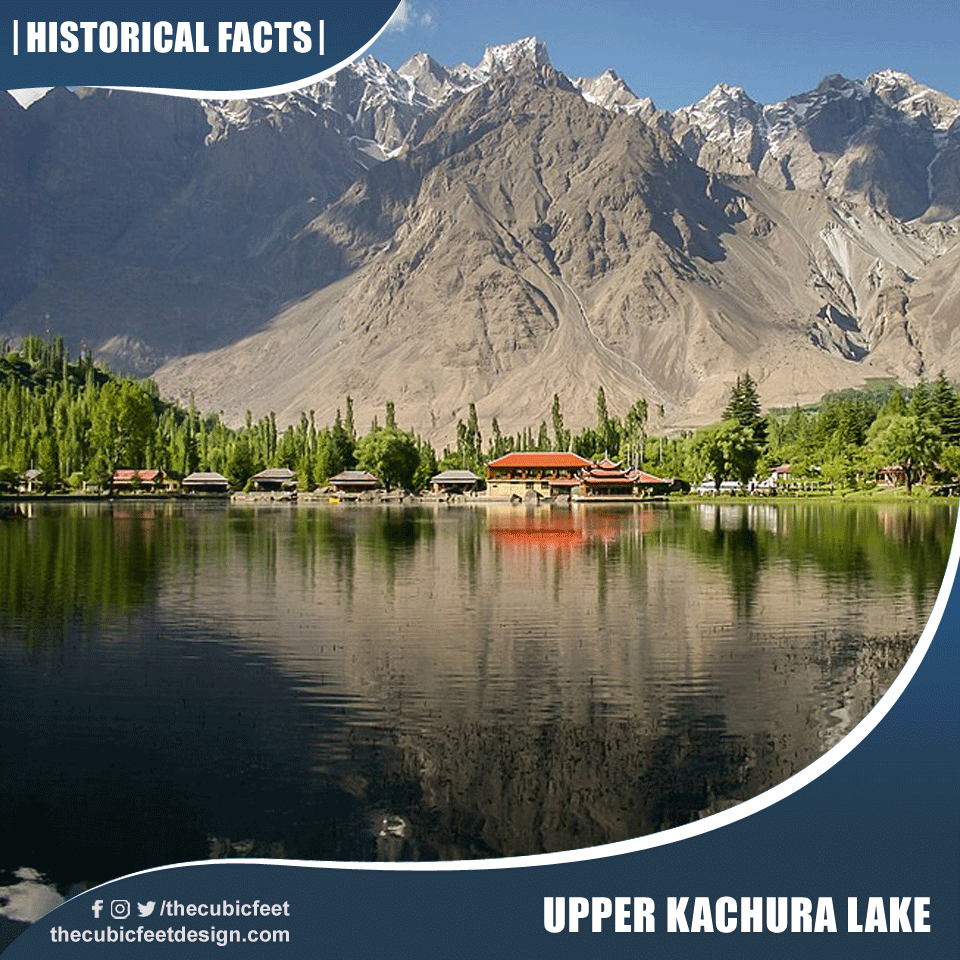
- It is a lake of clear water with a depth of 70 metres.
- The beauty of upper kachura lake is almost untampered because it hasn’t been explored by the travelers due to lack of infrastructure and rough terrain.
- The lake area is known for its rich flora and wild apricots orchards.
- Recreation activities at the lake include trout fishing, hiking and Himalayan mountaineering.
Deosai National Park
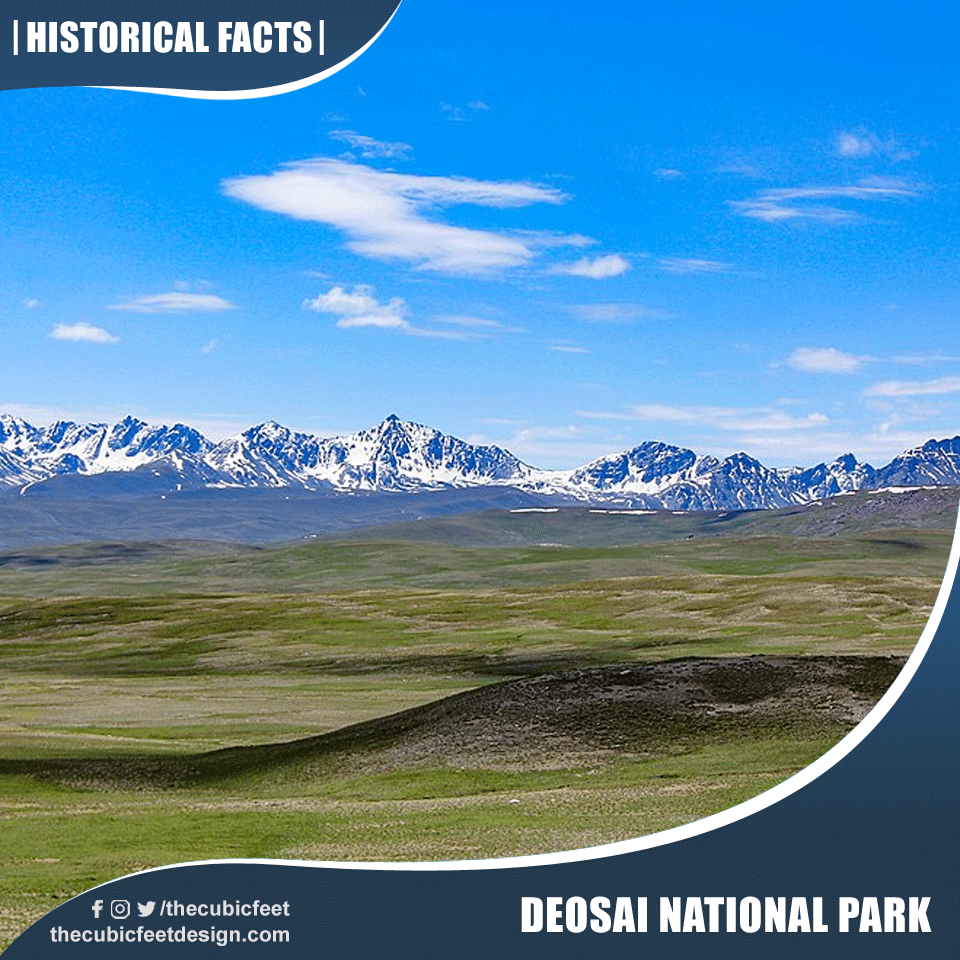
- The literal meaning is Deo (Giants), and Sai (shadows).
- It was believed that this place is haunted by giants thus the name – land of the giants.
- The locals refer it as “Ghbiarsa” means “Summer Place”
- The deosai plains are the second highest plateau in the world
- It is well known for its rich flora and fauna, covered with sweeps of wildflowers.
Also Read: Historical Places Jhelum

